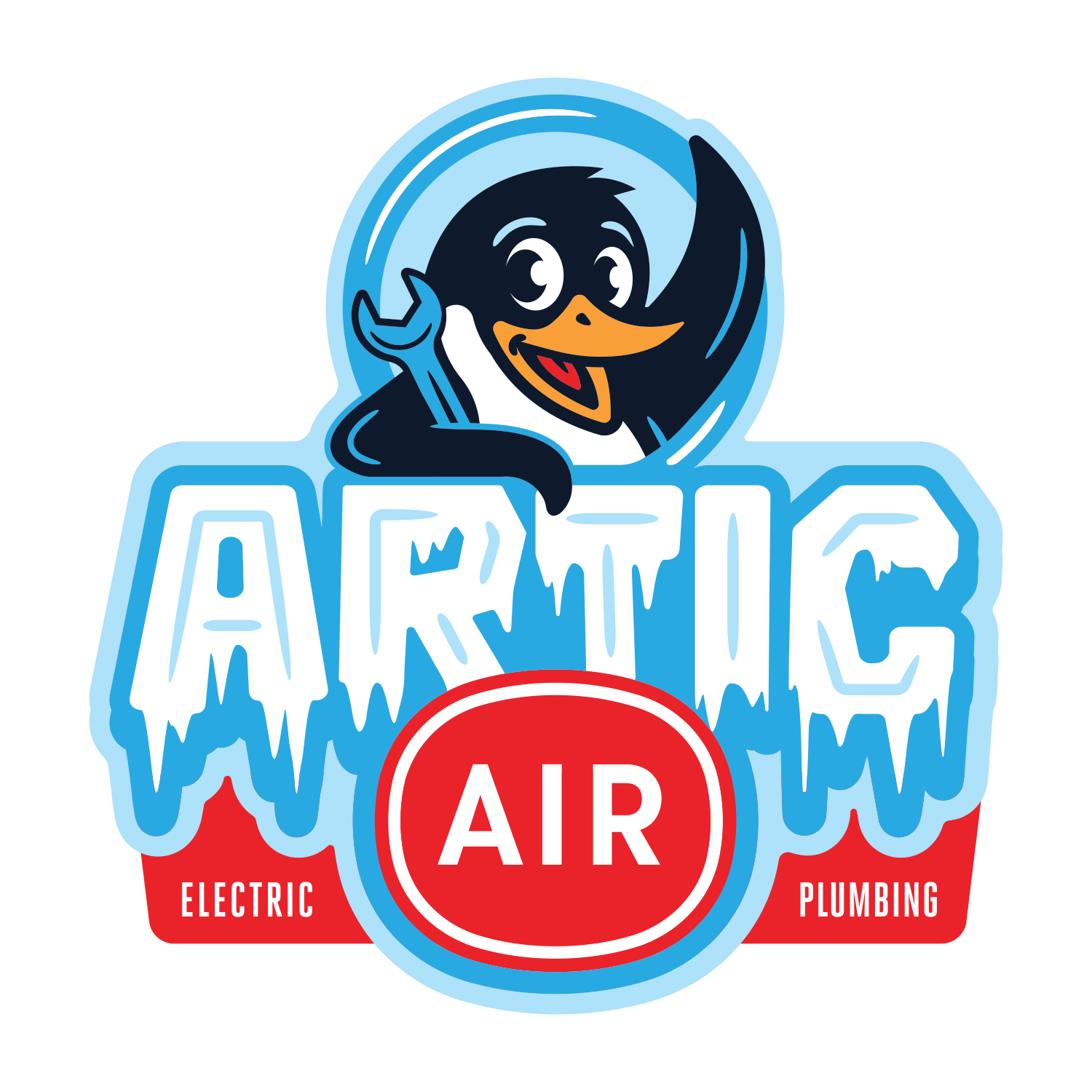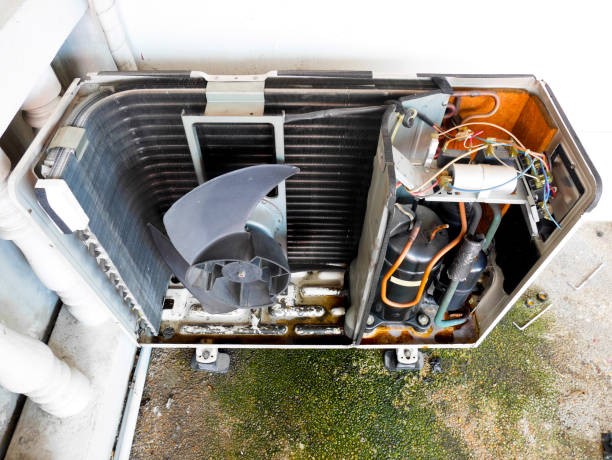When setting up your home’s heating, ventilation, and air conditioning (HVAC) system, the placement of your thermostat plays a pivotal role in how well your system operates. It’s not just a peripheral component; its location can affect everything from your comfort to your energy bills. Let’s explore why the placement of your thermostat matters and how you can find the ideal spot for it.
Why Thermostat Placement Matters:
- Accuracy of Temperature Readings:
Thermostats measure the temperature of their immediate surroundings to determine whether to activate your HVAC system. If placed in an area that doesn’t represent the average temperature of your home, it could lead to excessive heating or cooling, discomfort, and wasted energy.
- Avoid Heat Sources:
To avoid false readings, your thermostat should be away from direct sunlight, kitchen appliances, windows, doorways, and any other sources of heat or drafts. Such exposure can cause the thermostat to think the room is warmer or cooler than it truly is, triggering your HVAC system unnecessarily.
- Central Location:
Ideally, a thermostat should be placed in a central location within the home on an interior wall. This helps it more accurately gauge the average temperature of your living spaces, leading to more efficient system performance.
- Away from Air Vents:
If a thermostat is too close to an air vent, it might prematurely sense that the desired temperature has been reached and shut off the system, resulting in uneven temperatures throughout your home.
Tips for Optimal Thermostat Placement:
Height Matters: Thermostats should be placed about 52 to 60 inches above the floor to capture the most accurate ambient room temperature.
Consider Traffic: It’s beneficial to place thermostats in areas with natural air circulation but away from drafts caused by exterior doors or windows. Areas frequently used by family and guests are typically ideal.
Avoid Closed Rooms: Do not place your thermostat in or near rooms that are seldom used or closed off from the rest of the house, as these might have different temperature characteristics compared to main living areas.
Potential Impacts of Poor Thermostat Placement:
Increased Energy Costs: Poor placement can lead to inefficient system operation, making your HVAC work harder, increasing wear and tear, and raising energy costs.
Inconsistent Comfort Levels: Incorrect readings can result in uneven heating or cooling, leaving some rooms too hot or too cold, which impacts overall comfort.
Frequent Cycling: If a thermostat is influenced by external factors like appliances or drafty windows, it may cause the HVAC system to turn on and off more frequently, reducing the system’s efficiency and lifespan.
The strategic placement of your thermostat is not merely a minor detail; it’s a crucial element that influences the effectiveness and efficiency of your home’s climate control systems. By ensuring your thermostat is correctly located, you can enhance comfort, lower your energy consumption, and extend the lifespan of your HVAC equipment.

